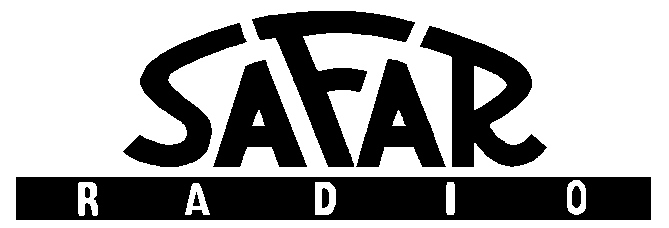Tischfernsprecher 38 Wehrmacht Telephone (1943)

The Tischfernsprecher 38 (TF 38) is a german military telephone introduced in 1938 and used by Wehrmacht in WWII. On my samples the date 1943 is stamped on various components. There is no manufacturer's label. Some of these phones appear to have been produced by the Berlin factory "Heliowatt", others by "Mix & Genest": most probably the production was shared among several industries.
The telephone is a local-battery model (OB=Orstbatteriebetrieb). A 1.5-3 V battery is needed to energize the carbon microphone circuit. Normally the 1.5 V battery was installed inside the accessory junction box. The set can be also successfully used on a normal phone line to receive calls (the microphone battery is always needed). There is crank magneto generator to produce alternating current for the ringer. A push-to-talk button on the handset activates the microphone. It can be useful to reduce local noise when listening.
The induction coil and earpiece are wired in a Wheatstone-bridge circuit to cancel locally produced sounds.
Interesting links (telephones and other stuff)
 Click on the image and learn how I restored my phone step by step
Click on the image and learn how I restored my phone step by step
Some diagrams useful for repair







